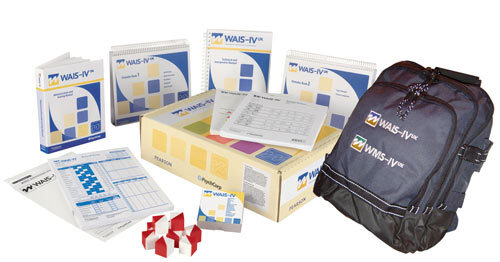The Wechsler Adult Intelligence Scale - Fourth UK Edition (WAIS-IV UK) provides you with the most advanced measure of cognitive ability in adults. Includes updated normative data for ages 16-90 years. Guidance on using this test in your telepractice.
WAIS-5 UK is coming early 2026.
WAIS-5 UK is coming early 2026.
WAIS-5 UK is coming early 2026.
Wechsler Adult Intelligence Scale - Fourth UK Edition
WAIS-IV UK
The Wechsler Adult Intelligence Scale - Fourth UK Edition (WAIS-IV UK) provides you with the most advanced measure of cognitive ability in adults. Includes updated normative data for ages 16-90 years. Guidance on using this test in your telepractice.WAIS-5 UK is coming early 2026.
Choose from our formats
Kits
Starter & complete kits, print & digital
2 options
Test forms & reports
Booklets, record forms, answer sheets, report usages & subscriptions
4 options
Support materials
Manuals, stimulus books, replacement items & other materials
11 options
All products
All tests and materials offered for WAIS-IV UK
17 options